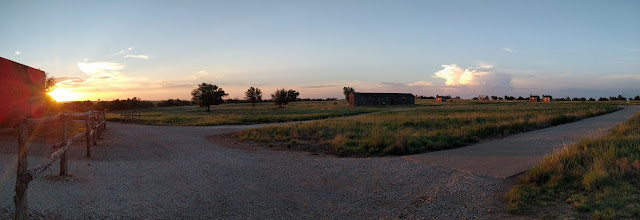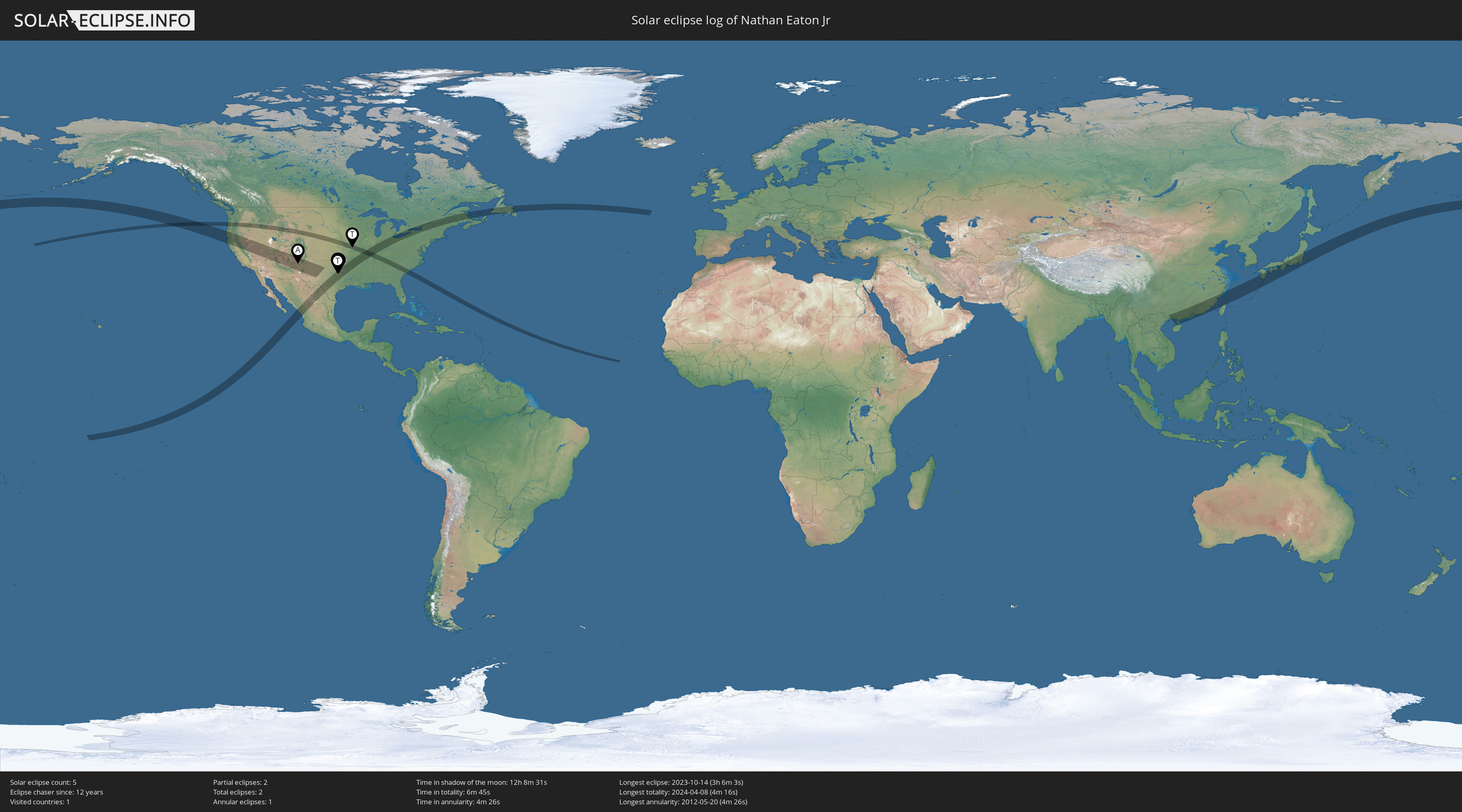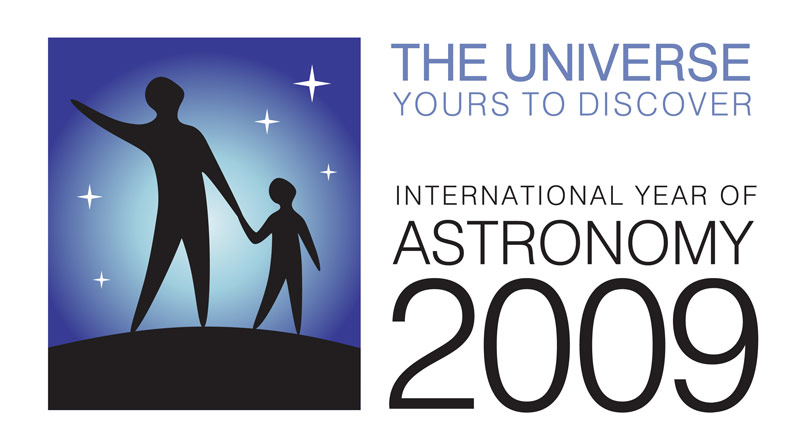Awesome!
Well, sort of...
Yes, part of the time lapse video I shot while at Camp Drake in Marshall, MO, as a member of the Project Stratoclipse team is included. It's even the background for the main title of the film! But it's just the clouds that obscured our view of the eclipse racing overhead. Not the umbra racing over the clouds. Or the Sun's corona shining through the clouds.
Not complaining... how could I when I have my name in the credits?!? Seriously though, check out the Celestron video. Apart from my footage, there is a lot of other great scenes from the eclipse. I really like how they focused not just on views of the eclipse through telescopes and cameras but also on people and their reactions.
After all, it really was AWESOME!!!
Celestron Video Page







































 The journey continues beyond 2009... check it out!
The journey continues beyond 2009... check it out!
